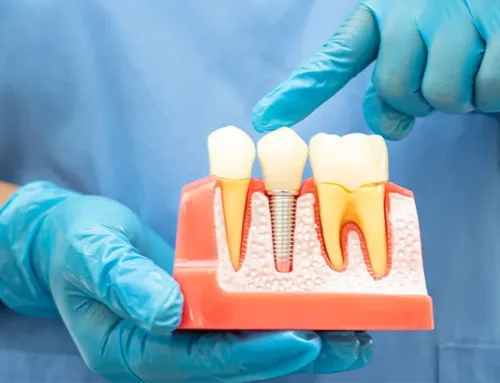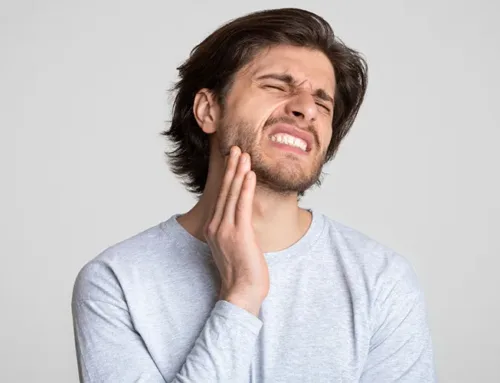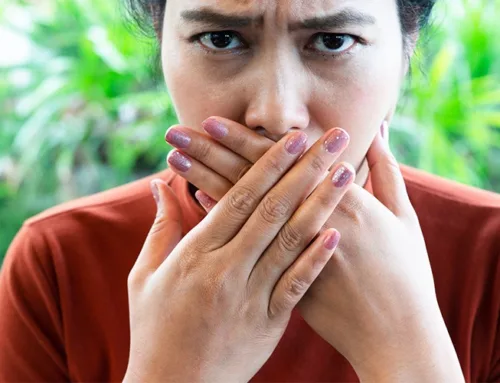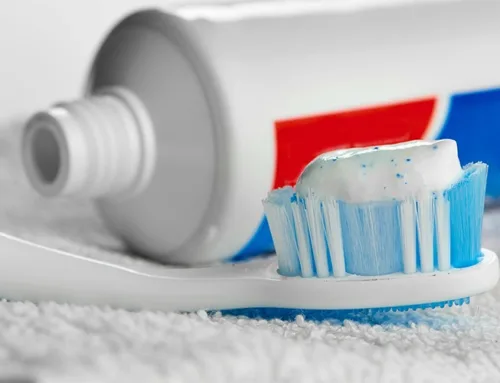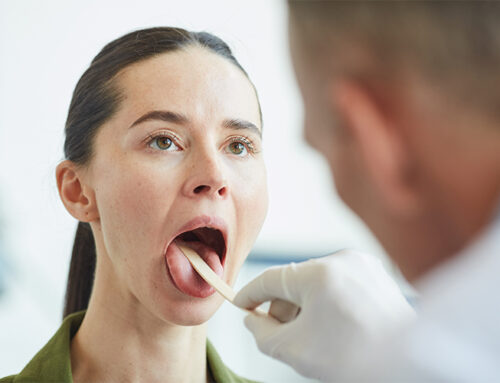Getting Braces? 6 Common Problems to Watch Out For
April 30, 2021
While the upside of braces means that you’ll have perfectly straight teeth, the downside is that you are more susceptible to certain kinds of dental problems. Why? Braces can be extremely hard to clean and they create small spaces where food can get trapped.
If you’re planning on getting braces, it is important to be diligent with your oral care and watch out for these 6 common problems.

1. Demineralization
As bacteria in your mouth eats away at the food particles left behind, they create an acid by-product. This sits on the teeth and robs them of calcium and phosphate, creating an environment for decalcification. For individuals with braces, this decalcification can show up as little white squares called white scars in the area where your braces sat on your teeth.
These white scars are often permanent and can lead to tooth decay, so if you see them, visit a dentist right away. You can avoid demineralization by brushing twice a day and flossing. Try not to drink or eat foods that are high in sugar content either.
2. Gingivitis
If you have teeth that bleed, are tender, or are red/swollen, then you may have the initial stage of gum disease which is gingivitis. While anyone can develop gingivitis, the challenge of cleaning your gums with braces can make you more susceptible. Always brush after every meal and use an electric toothbrush.
3. Sensitive Teeth
Improper oral care can lead to receding gums. These areas of the teeth don’t have protection from the hard enamel layer that sits on the biting surfaces of your teeth. As a result, the tiny tubules that lead to your teeth’ nerve center, the pulp, end up becoming exposed. When you eat or drink something hot, cold, or sweet, you end up in pain due to sensitivity.
For brace wearers, this can become an issue really quickly as braces can be difficult to clean around. If not properly cleaned, your gum line may become irritated or it may recede, causing sensitivity.
4. Plaque Buildup
Fighting plaque can be especially challenging for individuals with braces since it is a sticky film that is colorless and hard to see. With braces on, you may not be able to run your tongue along your teeth to feel for plaque, so it is important to brush twice a day. Plaque can get stuck in and around your orthodontics, so consider using an electric toothbrush to get into the little crevices created by your braces. In not brushing twice a day, plaque will form and mix with sugars left in the mouth to create an acid that can cause cavities, tartar, and gum disease.
5. Tartar or Calculus
These are hardened deposits that form on the teeth in as little as 24-hours of plaque not being removed. It can form underneath the gums, along the gum line, and around your braces, aligners, or retainers. If tartar forms, it can only be removed by a dental professional, so take extreme care to floss and brush every day.
If you are having a hard time flossing due to the braces, consider purchasing a water flosser or specially designed floss for those with dental orthodontics.
6. Halitosis or Bad Breath
While there are several reasons for individuals to get bad breath, when it comes to braces, the most common culprit behind it is poor oral hygiene. This is because little bits of food particles get stuck in between the teeth and in the brackets of your braces, which creates a stinky odor when not removed. It is important to take extra care with braces because they create small spaces to trap food.
Make sure you rinse your mouth out after every meal, brush, and use mouthwash. Do not use retainers or clear aligners while eating as these can also be the source of bad odor.
If you are taking care of your teeth and cleaning those brackets really well, the next step is to look at which foods you are eating, whether or not you have a bad habit like smoking or get checked out for a medical problem.




